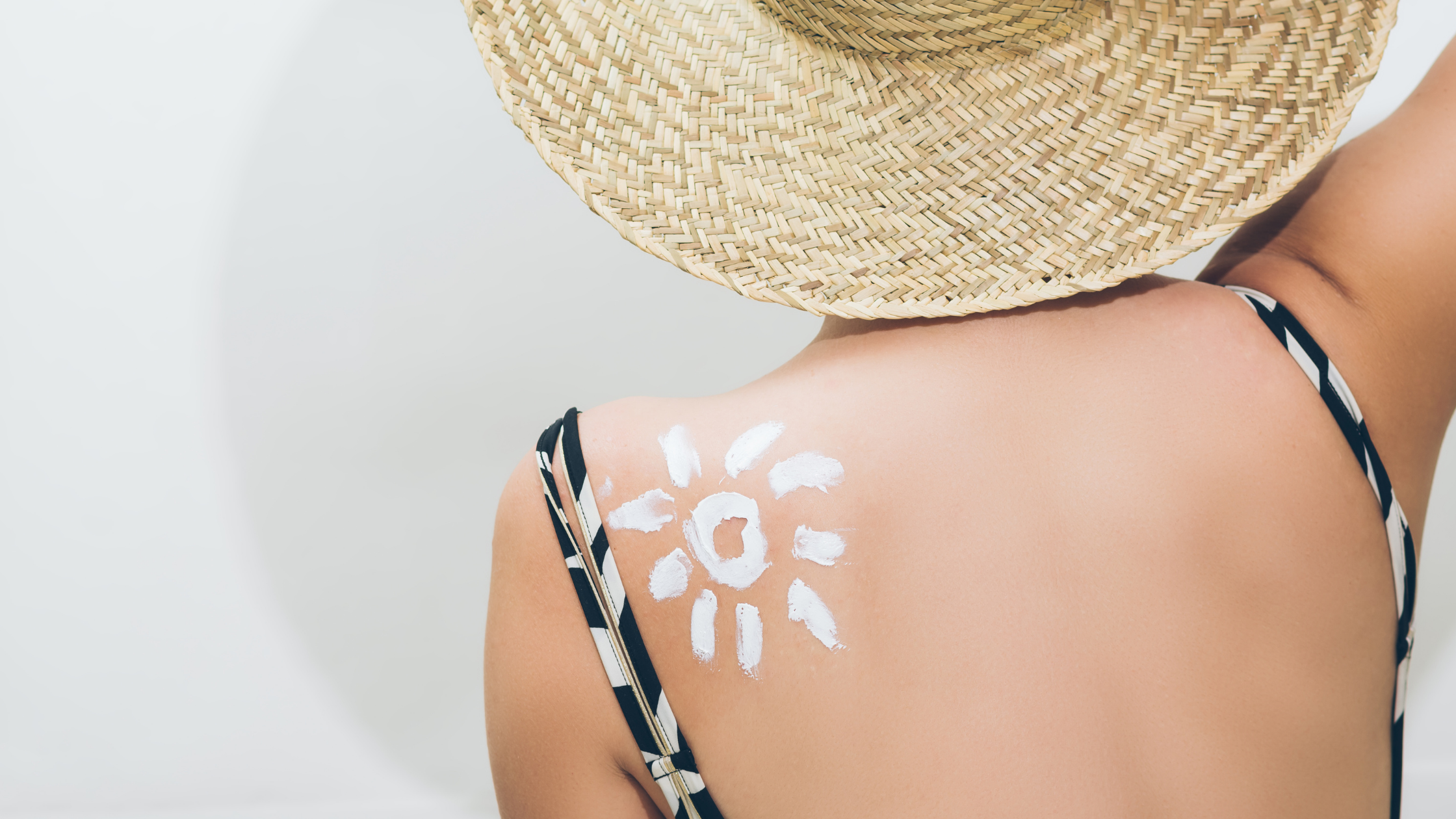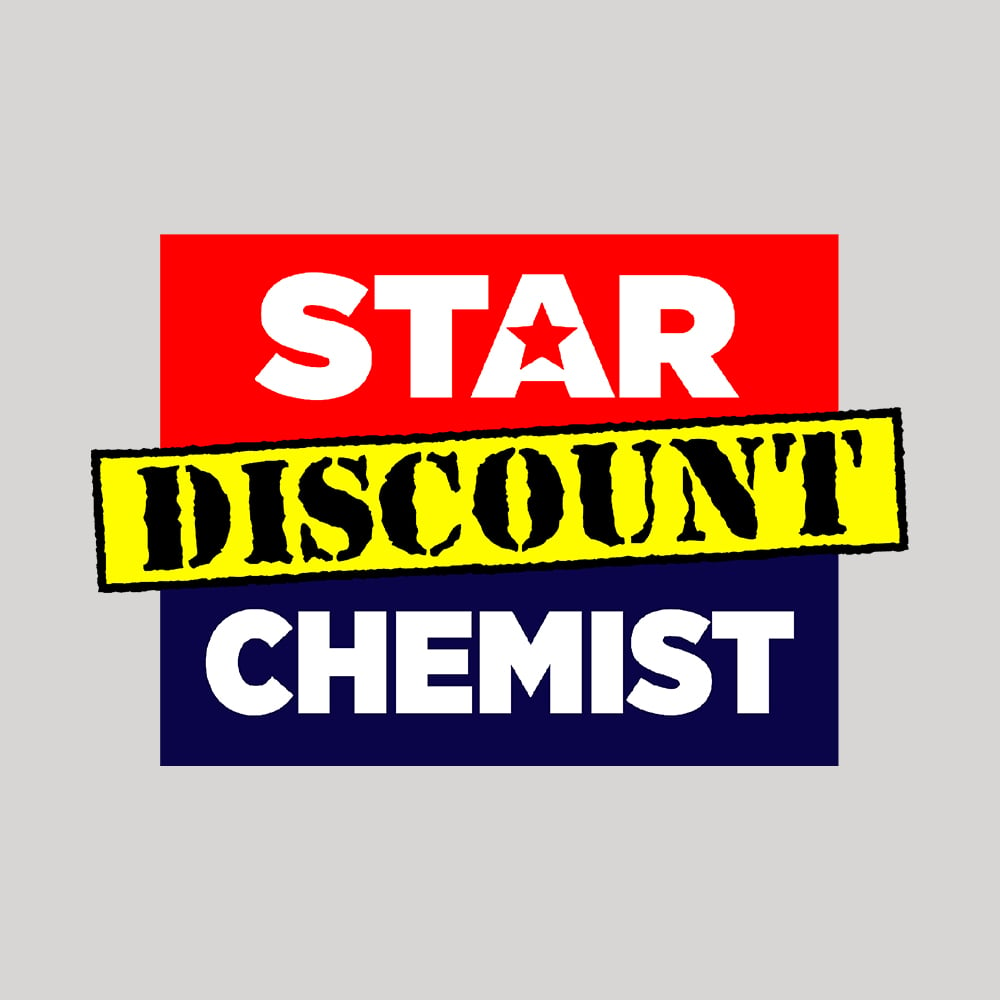Why Do You Need to Protect Yourself from the Sun?
Australia is known for its sunny skies but it also has some of the highest levels of UV radiation in the world.
Skin cancer occurs when skin cells are damaged, for example, by overexposure to ultraviolet (UV) radiation from the sun. Melanoma skin cancer is the third most common cancer in Australia with 95% of cases being caused by exposure to UV radiation.
Be mindful that overexposure to the sun can still cause sun damage, even if you don’t get burnt. Even on cloudy, cooler days sunburn can occur as the UV radiation can still be strong.
The good news is that most cases of skin cancer are preventable. Follow these 5 tips to stay Sun Smart and protect yourself from the sun – Slip, Slop, Slap, Seek and Slide.
Slip on Clothing
Wear clothing that covers as much skin as possible. Shirts with collars, long sleeves, long trousers or skirts give you the most protection.
Clothing made of a closely woven material – the tighter the weave of the material, the better protection from UV radiation. If you can see through the material, the UV protection factor will be lower.
Some clothes are labelled with an Ultraviolet Protection Factor (UPF). The UPF number is a guide to how much protection the fabric provides from UV radiation. Look for a UPF 50+ for maximum protection.
Slop on Sunscreen
Sunscreen should always be used with other forms of skin protection. Sunscreen contains ingredients that either absorb or reflect UV radiation before it damages the skin. Choose a sunscreen with a high SPF (Sun Protection Factor) scale. SPF 15+ sunscreens blocks 93% of UVB rays while SPF 30+ blocks 97% of UVB rays. SPF 50+ sunscreens filter out about 98% of UV rays and this label on sunscreen is only a guide to the strength of the product, not how much time you can safely spend in the sun. There are two types of UV light that can harm your skin — UVA and UVB. A broad-spectrum sunscreen protects you from both.
It is best to choose sunscreen that is labelled SPF 30 or higher and broad spectrum. Sunscreen comes in a variety of different formulas (such as lotion, sprays and roll-ons), so choose one that suits you best. There are also options for sensitive skin and tinted varieties. Ask your Pharmacist if you need help selecting one that’s right for you. Remember to check the use by date on your sunscreen and don’t use it if it’s out of date. Always store your sunscreen under 25°C.
Apply sunscreen liberally to clean dry skin 20 minutes before going outside. Use at least a teaspoonful for each arm, leg, face, neck and ears. Re-apply every two hours, or more regularly if you are sweating or involved in water activities. You do not need to rub sunscreen into your skin until it disappears. The cream will be absorbed into your skin over the 20 minutes before you go out into the sun.
Remember, no sunscreen – even if it is reapplied regularly offers complete protection against UV radiation. Always use sunscreen in conjunction with other forms of sun protection.
Slap on a Hat
Wear a hat that provides plenty of shade for your face, neck and ears. These are common sites for skin cancer. Choose a hat with closely woven fabric and a broad brim with width of at least 7.5cm. Hats with back flaps are great for protecting the neck area.
Seek Shade
Using shade as much as possible when you are outdoors is an important for protecting your skin. Shade provides protection from UV radiation, but does not totally block it out. UV radiation can still be reflected off the ground, buildings and water, even if you are under shade.
The UV Index indicates the level of UV radiation that reaches the earth’s surface on any given day. UV levels of 3 and above are strong enough to cause permanent damage to most skin types. It is recommended to seek shade, particularly between 10am - 3.30pm when UV levels tend to be at 3 or above.
Slide on Some Sunglasses
It is also important to protect your eyes from harmful radiation and glare. Choose sunglasses that wrap around your eyes and don’t let light in around the frames, especially at the sides. Make sure the frames fit close to your face.
Sunglasses are given an Eye Protection Factor (EPF), which is a guide to how much UV protection they provide. The EPF is rated on a scale from one to 10. Sunglasses labelled EPF 10 provide almost 100% UV protection. Sunglasses sold in Australia must meet the Australian Standard AS/NZS 1067:2003.
Non-Prescription lenses are given a category between 0 and 4 depending on the amount of tint in their lenses. Category 0 and 1 sunglasses have a light tint and provide very little UV protection. Category 2 and 3 sunglasses are recommended for everyday use. Category 4 sunglasses are recommended for high glare environments such as the sea, snow slopes, mountains and desert. Polarised lenses are also helpful in reducing glare.
How Your Pharmacist Can Help You Stay Sun Smart
Your Pharmacist can help provide advice on adequate sun protection depending on your circumstances and lifestyle. At Star Discount Chemist, we have a range of products to help you be Sun Smart.
Remember this summer to Slip on Clothing, Slop on Sunscreen, Slap on a Hat, Seek Shade and Slide on some sunglasses for maximum protection from the sun and enjoy the great Australian Outdoors.
Star Discount Chemist would like to thank and acknowledge Cancer Council SA for the original material used to develop this article.
References
www.cancersa.org.au
https://www.cancercouncil.com.au/cancer-prevention/sun-protection/
https://www.sunsmart.com.au/
https://www.arpansa.gov.au/understanding-radiation/radiation-sources/more-radiation-sources/sun-protection-sunglasses



